Whether we’re talking about the iPhone 14, the iPhone 14 Pro, or the iPhone 14 Pro Max, this year’s update focuses on the cameras.
Yes, the Pro models have always-on displays and an oh-so-very-Apple approach to replacing the controversial screen notch. But as nifty as those perks are, they shouldn’t be the reasons you buy these phones.
The cameras are now so prominent—in the Pro models especially—that it’s starting to feel like we should call these devices "smartcameras" rather than smartphones.
The smartphone has been more or less perfected over the years; there aren’t many new frontiers to explore in that space. But in ways both big and small, Apple (along with its competitors) keeps finding new ways to improve the amateur digital photography experience.
As a result, the iPhone 14 models are some of the best smartcameras you can buy—even though they're not a revolutionary upgrade over the devices that came before them.
About the iPhone 14
Because the iPhone 14 is such a modest year-over-year update, we’ve lumped it in with the 14 Pro in this review. Most of the review will discuss the 14 Pro and 14 Pro Max, but we’ll discuss the regular 14 briefly in its own section here, and we’ll assess the phones together in the performance and cameras section of the review.
The iPhone 14 is barely a step up over 2021’s iPhone 13. It has the same design and, at least at launch, the same feature set. It also has the same system-on-a-chip (SoC), the A15, so it offers identical performance, though the thermals are reportedly a little better for sustained performance, and there's a tweak that should slightly improve graphics performance, too.
The iPhone 14’s most important advantages over the iPhone 13 are in battery life and photo quality. Whereas the iPhone 13 advertises up to 19 hours of video playback, the iPhone 14 promises up to 20. It’s not much of a jump (and we didn't notice it) but hey, we’ll take what we can get since few things are more important than battery life.
As for photo quality, we’ll look at some comparison shots in the camera section of this review, but here’s the quick rundown: there’s a new front-facing, TrueDepth camera with a faster aperture and support for autofocus. The main practical benefit from those improvements is that the camera should have better low-light performance.
The wide-angle camera on the back of the iPhone 14 has a larger sensor and a faster aperture, and it promises 49 percent better low-light photo performance than its predecessor. Apple has expanded the software suite for the camera somewhat to offer improved low-light performance across all the cameras on the phone. In other words, the regular iPhone 14 is getting some perks that were seen in last year’s Pro models.
When repair shop/publication iFixit tore down the iPhone 14, it discovered something Apple hadn’t advertised: the iPhone 14 is easier to service and repair than other recent iPhones—including its Pro brethren—thanks to a removable back glass panel. For most users, that won’t matter much, but for some, it could improve the longevity of the device and save money on repairs should you skip AppleCare+, Apple’s repair service subscription.
On October 7, Apple plans to launch a new iPhone 14 model called the iPhone 14 Plus. It will likely be identical to the iPhone 14, just with a 6.7-inch screen (the same size as the iPhone 14 Pro Max) instead of 6.1 inches.
This year, the iPhone 14 Plus replaces the much smaller 5.4-inch iPhone 13 mini in the flagship lineup, though Apple is still selling the iPhone 13 mini for users who prefer one-handed phones at the cost of screen size and battery life.
By no means would we recommend upgrading from the iPhone 13 to the iPhone 14. We wouldn’t even recommend going from the 12 to the 14, really—there have been iterative improvements, but even over a couple of generations it hasn’t added up to anything radical, especially in the non-Pro models.
But if you’re on an XS or earlier, there are some substantial upgrades here; for more on those, check out our iPhone 13 and 13 Pro review from last year. Pretty much everything said there about the 13 applies here, too.
Specs
| Specs at a glance: iPhone 14, 14 Pro, 14 Pro Max | |
|---|---|
| Screen | 2532×1170 6.1-inch OLED (14), 2556x1179 6.1-inch OLED (14 Pro), 2796x1290 6.7-inch OLED (14 Pro Max) |
| OS | iOS 16 |
| CPU | Apple A15 (iPhone 14), Apple A16 (14 Pro and 14 Pro max) |
| RAM | 6GB |
| GPU | Apple A15 (iPhone 14), Apple A16 (14 Pro and 14 Pro max) |
| Storage | 128, 256, or 512GB for 14; 128, 256, 512GB, or 1TB for 14 Pro/Max |
| Networking | Wi-Fi 6, Bluetooth 5, 5G |
| Ports | Lightning |
| Camera | Two 12 MP rear cameras (wide-angle, ultra-wide-angle) for 14; three rear cameras (48 MP wide-angle, 12 MP ultra-wide-angle, 12 MP telephoto) for 14 Pro/Max; 12 MP front camera; Dolby Vision HDR 4K video capture |
| Size | 146.7×71.5×7.8 mm (14), 147.5×71.5×7.85 mm (Pro), 160.7×77.6×7.85 mm (Pro Max) |
| Weight | 172 g (14), 206 g (Pro), 240 g (Max) |
| Starting price | $799 (14), $999 (Pro), $1,099 (Max) |
| Other perks | MagSafe, Face ID, Dynamic Island (Pro models), always-on display (Pro models) |
The iPhone 14 Pro and iPhone 14 Pro Max are the first devices to use Apple’s new A16 SoC, the first iPhone chip built on a 4 nm process.
The A16 has the same number of cores as its predecessor—that is, it has a six-core CPU with two performance and four efficiency cores, a six-core GPU, and a 16-core NPU called the Neural Engine—but Apple says it should offer up to 10 percent faster performance. The A16 has 50 percent more memory bandwidth than the A15, which matters a great deal for 3D games and a little bit for computational photography features.
So the A16 isn't a huge performance leap forward, apart from the memory bandwidth part. But this chip's updates weren't really focused on speed. Rather, they're about facilitating new features. Most importantly, the chip has a new ISP, which enables some of the new camera features and additional fidelity. It also has a new display engine. The display engine tweaks make the two flashiest new features possible: the always-on display and the functionality of the notch-replacing Dynamic Island.
Like the iPhone 13 Pro, the iPhone 14 Pro has 6GB of RAM.
Meanwhile, the iPhone 14 sticks with last year's A15, which is still faster than any other phone SoC on the market at most tasks. It gets a bump from 4GB of RAM to 6GB.
The screen sizes and display resolutions for all three phones are the same as last year: 6.1 inches and 2,556×1,179 pixels for the iPhone 14 Pro, 6.7 inches and 2,796×1,290 for the iPhone 14 Pro Max, and 6.1 inches and 2,532×1,170 for the iPhone 14. In terms of pixel density, all three clock in at 460 ppi. And all three use OLED tech, which is expected for just about any high-end flagship smartphone these days, and for good reason.
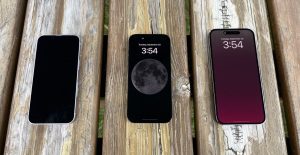
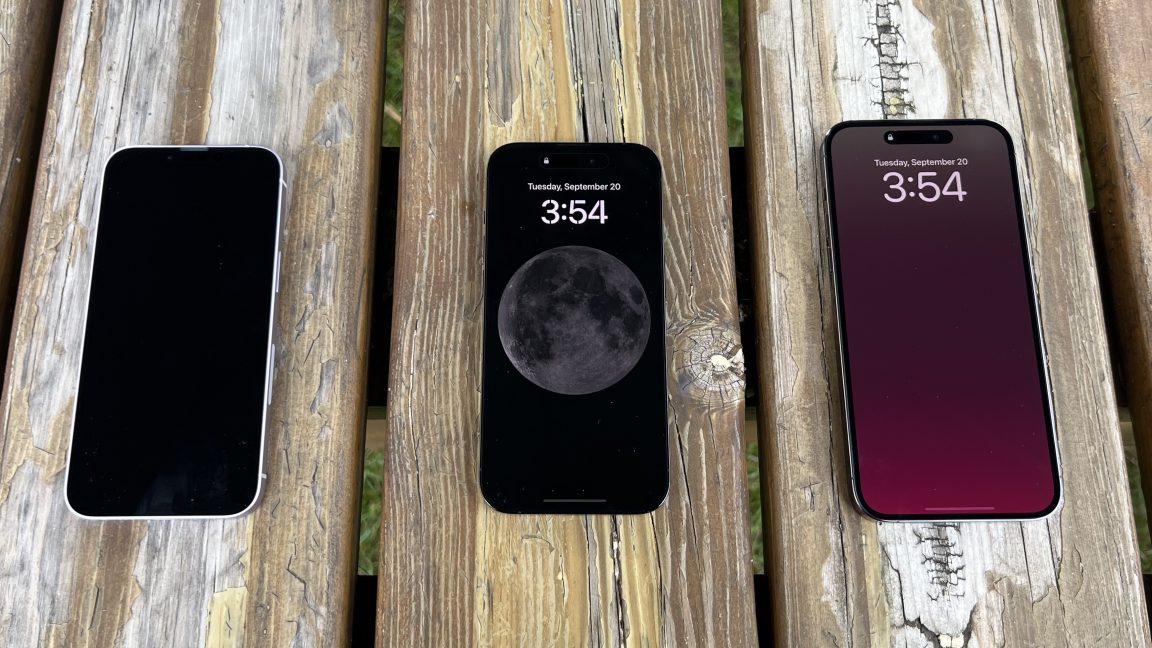
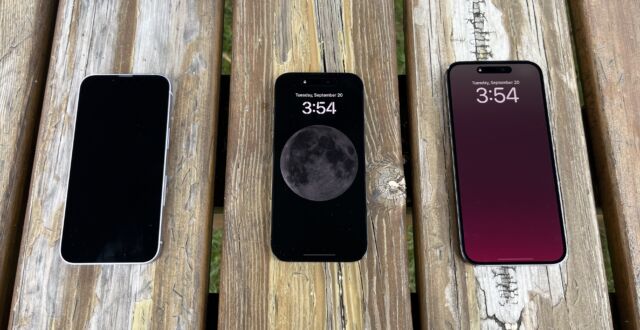
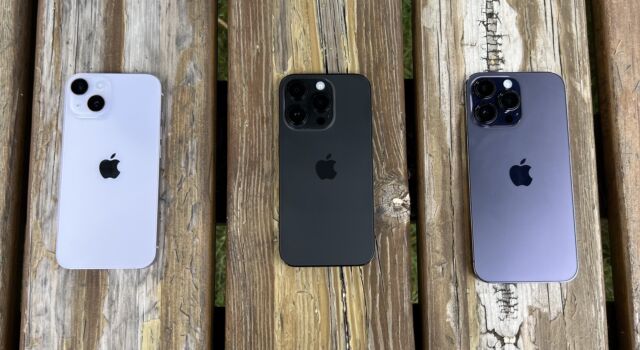
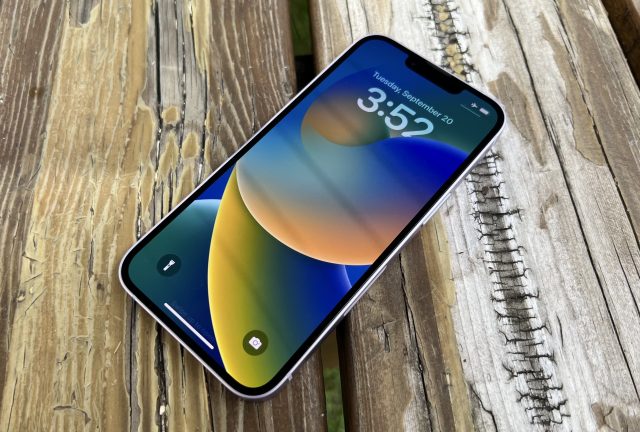
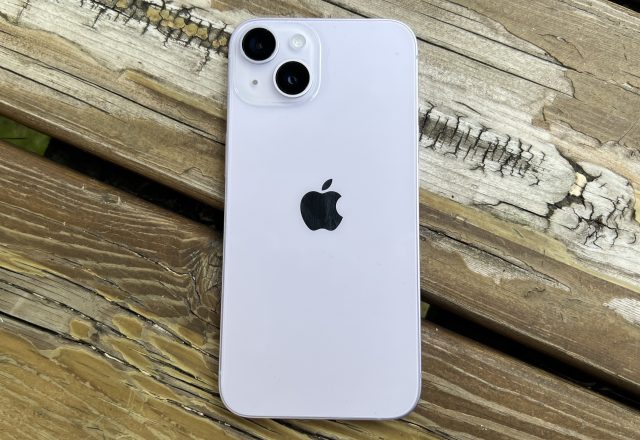
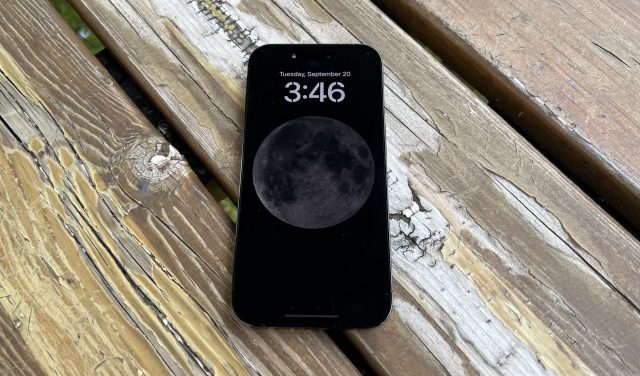
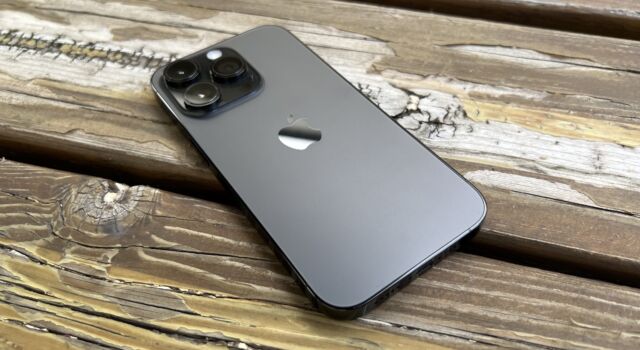
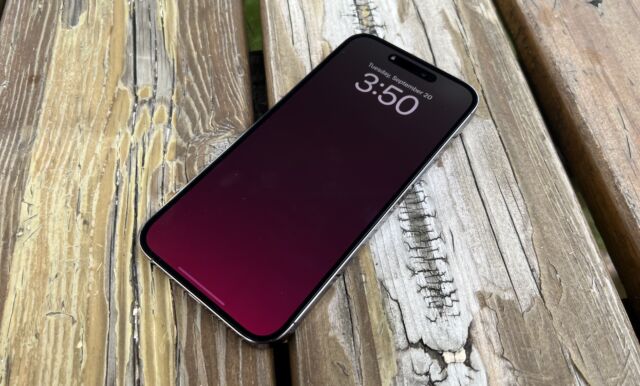
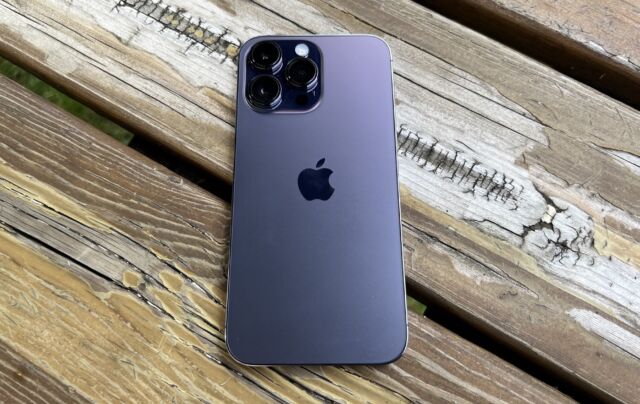
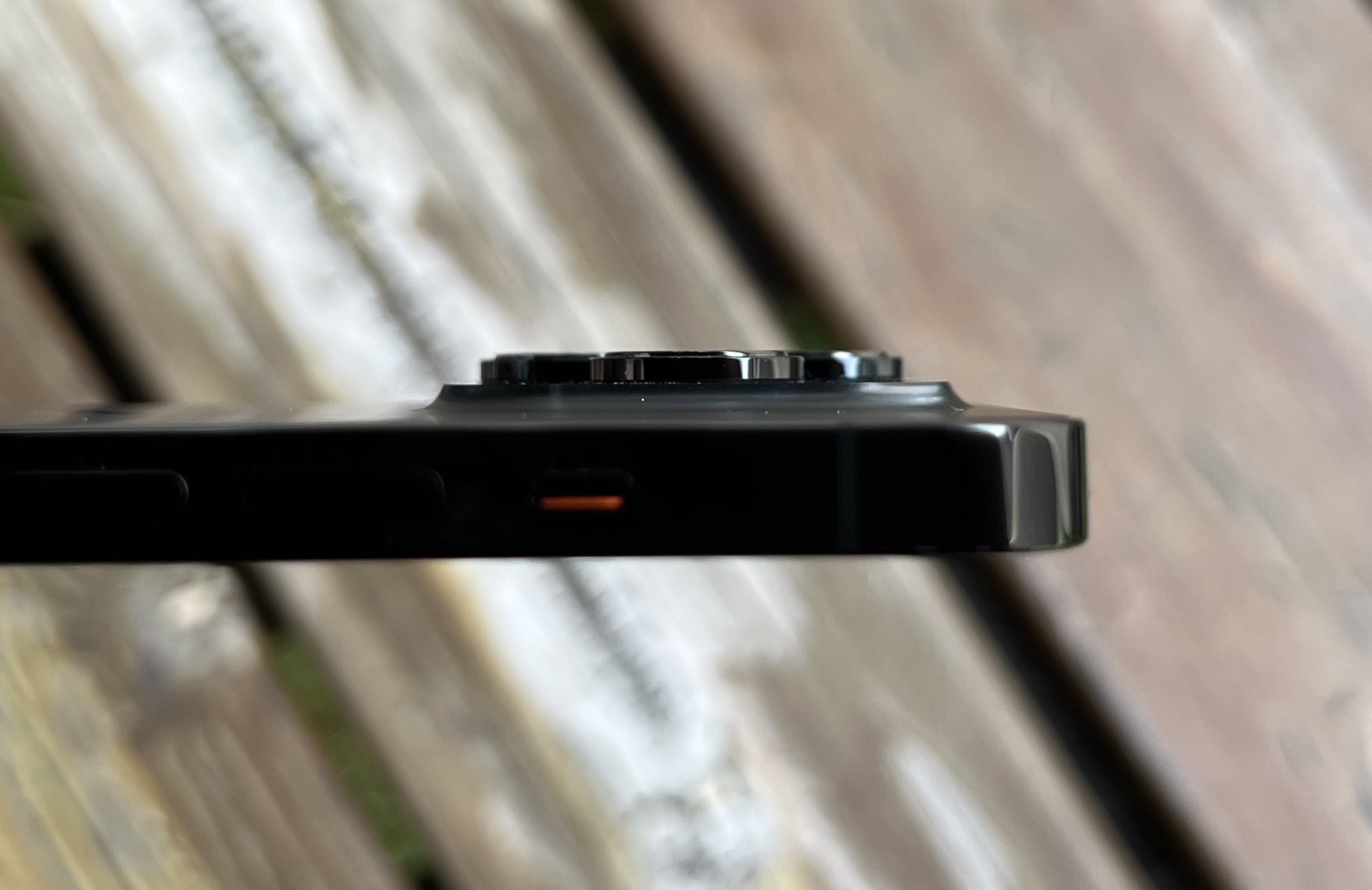
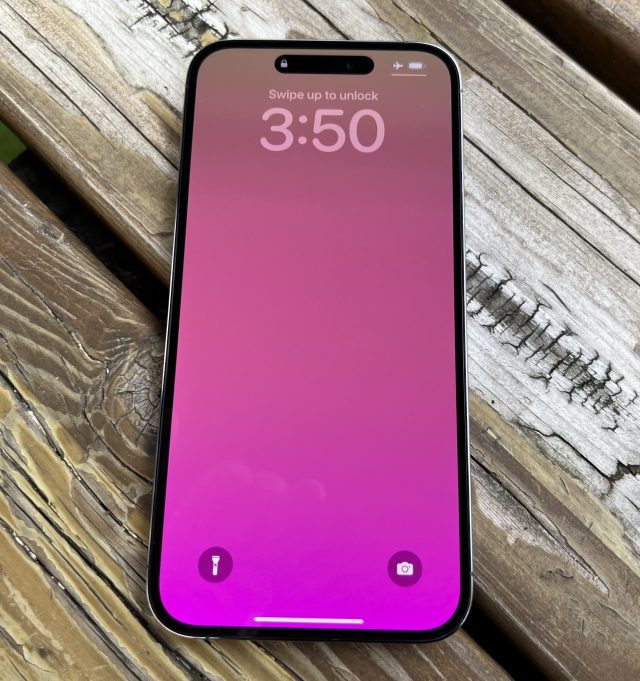
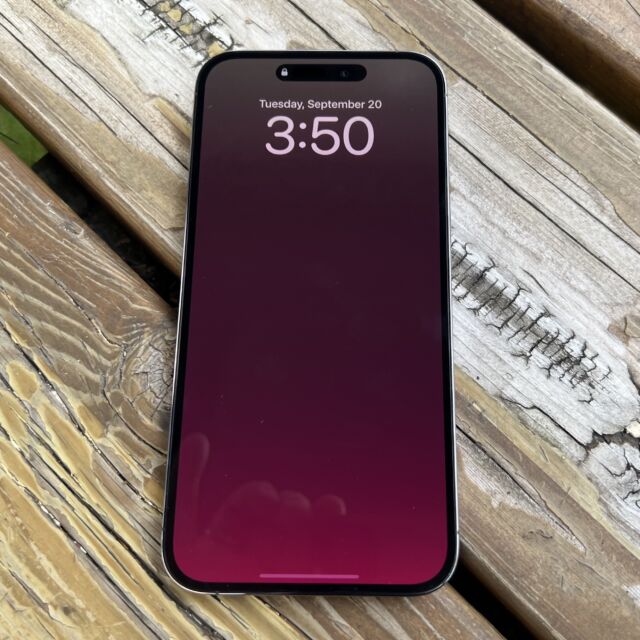
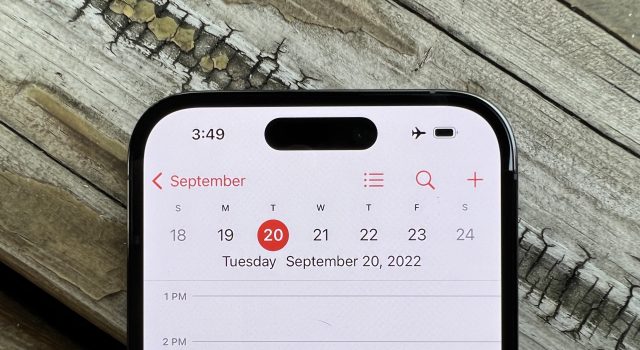
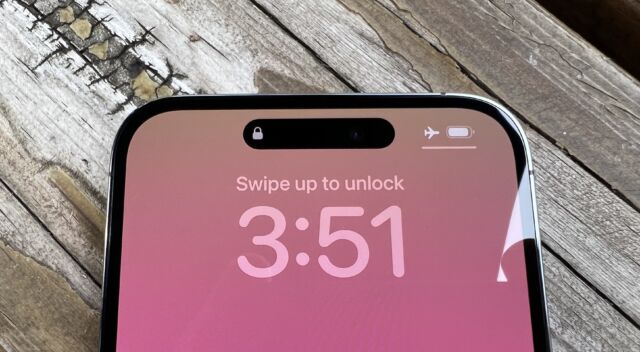
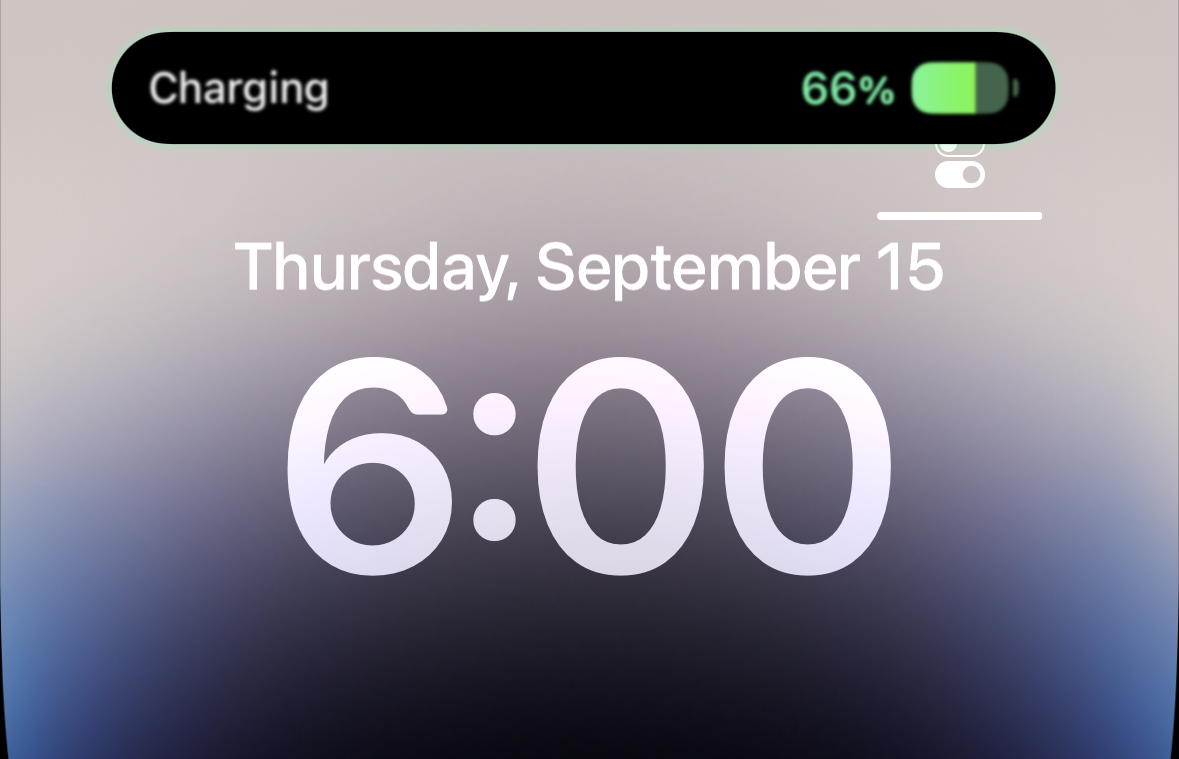

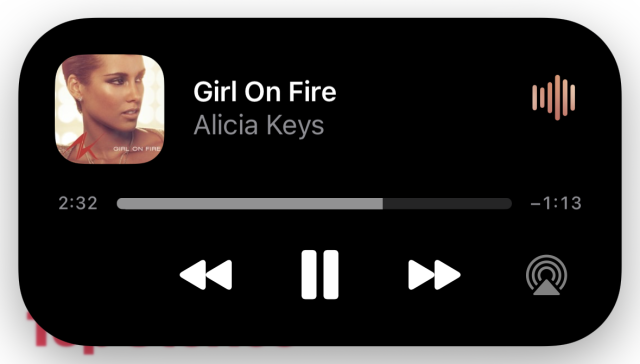



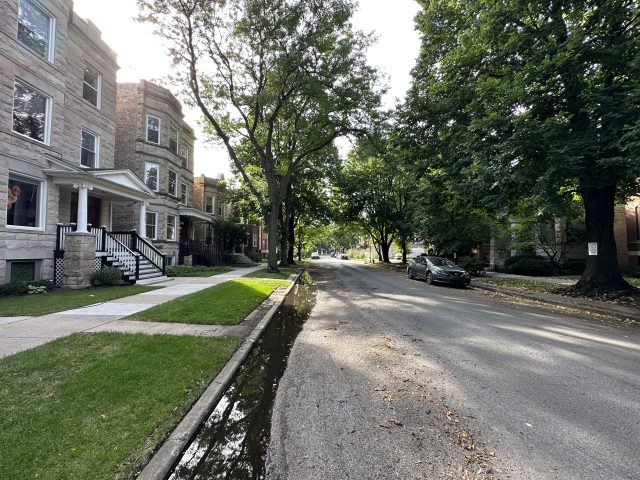



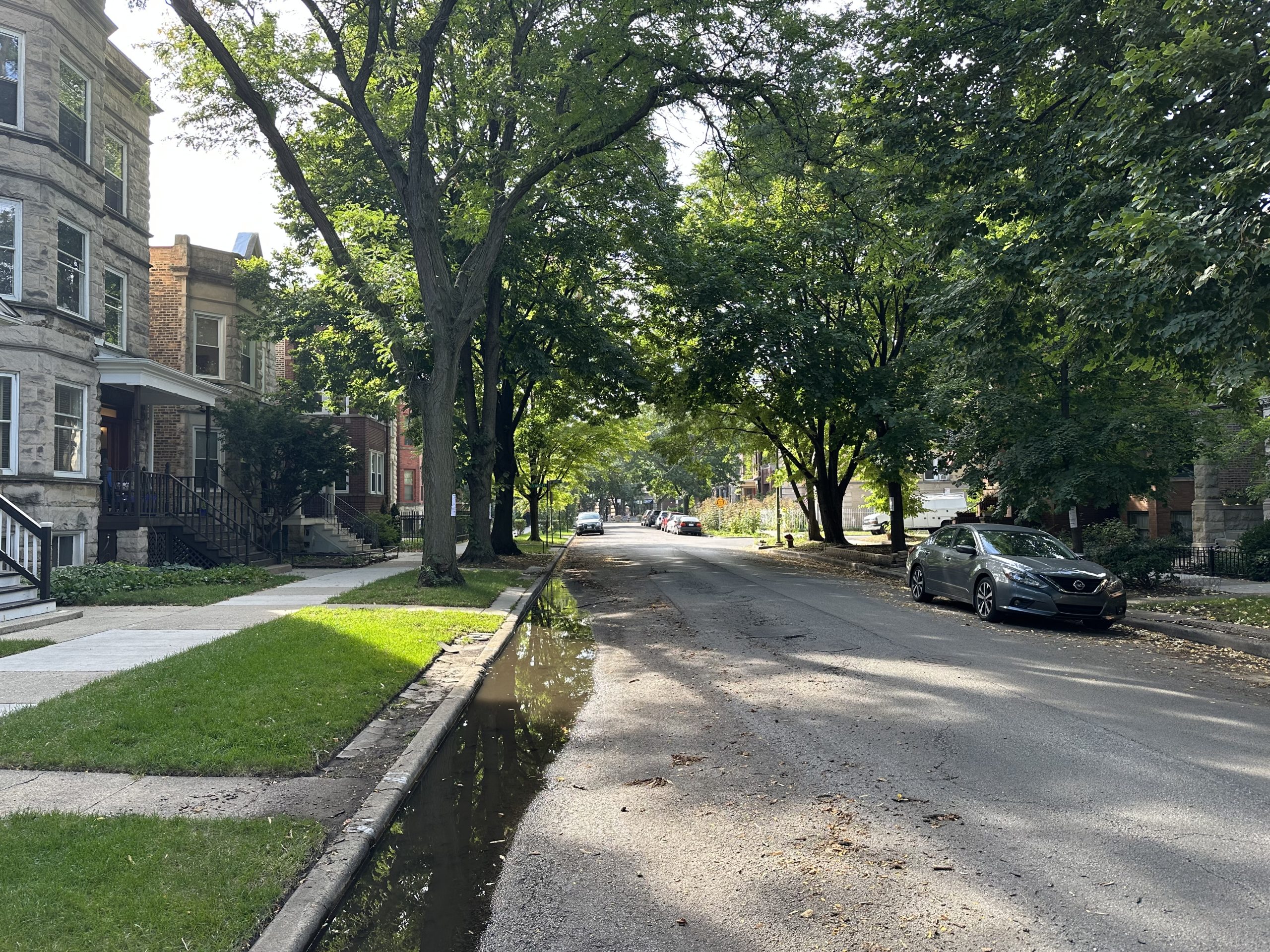

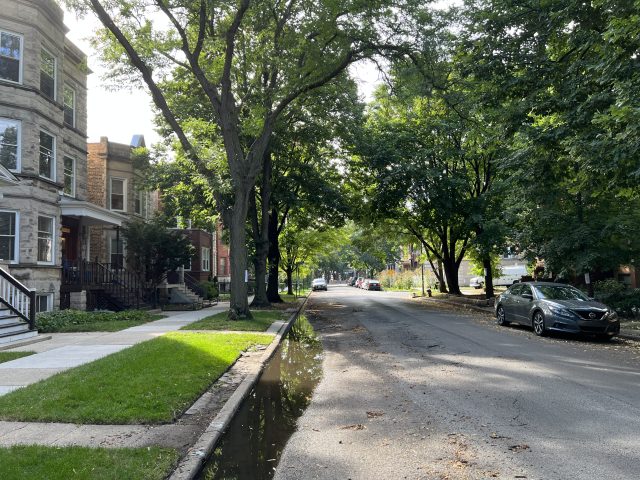






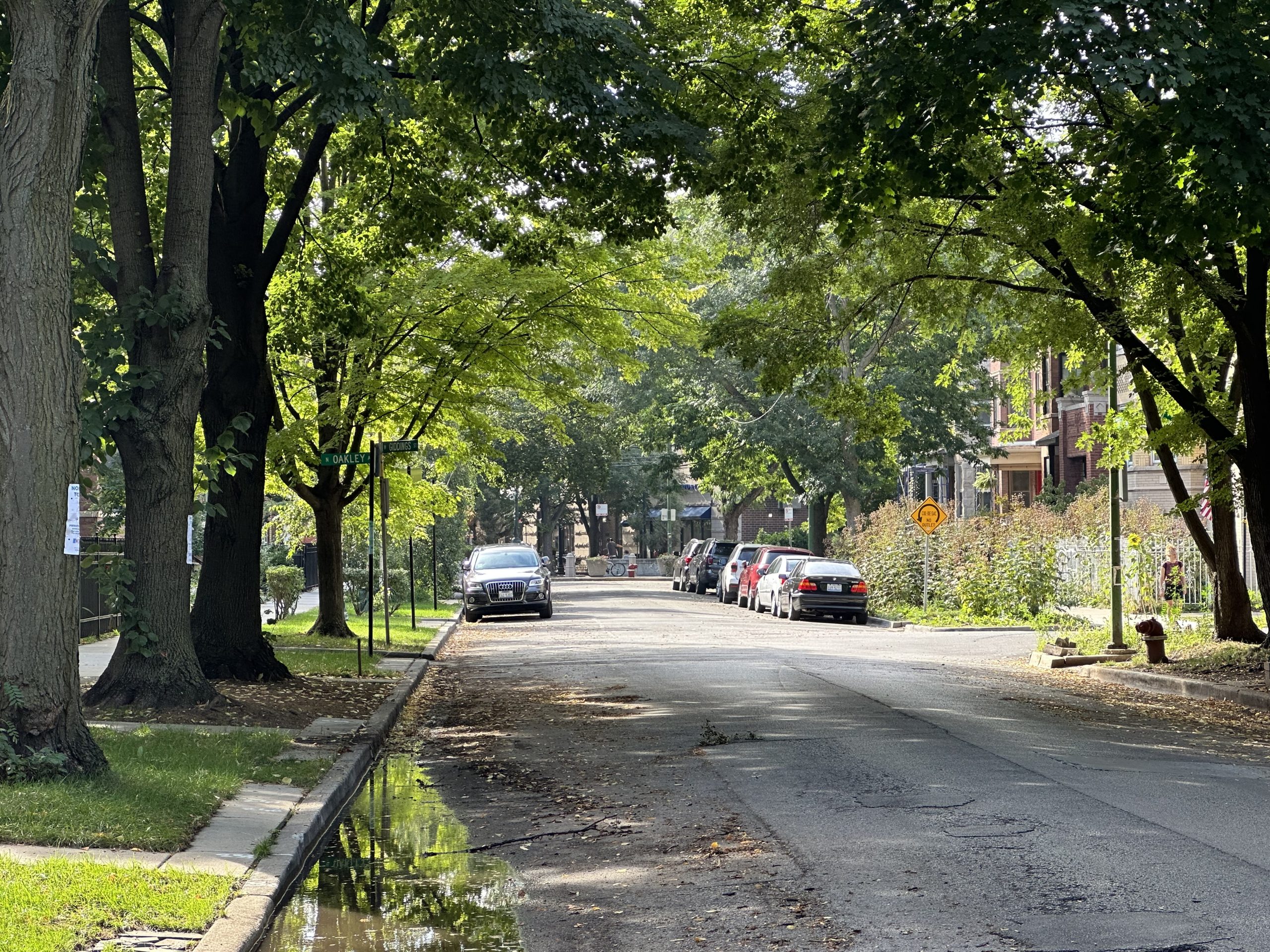








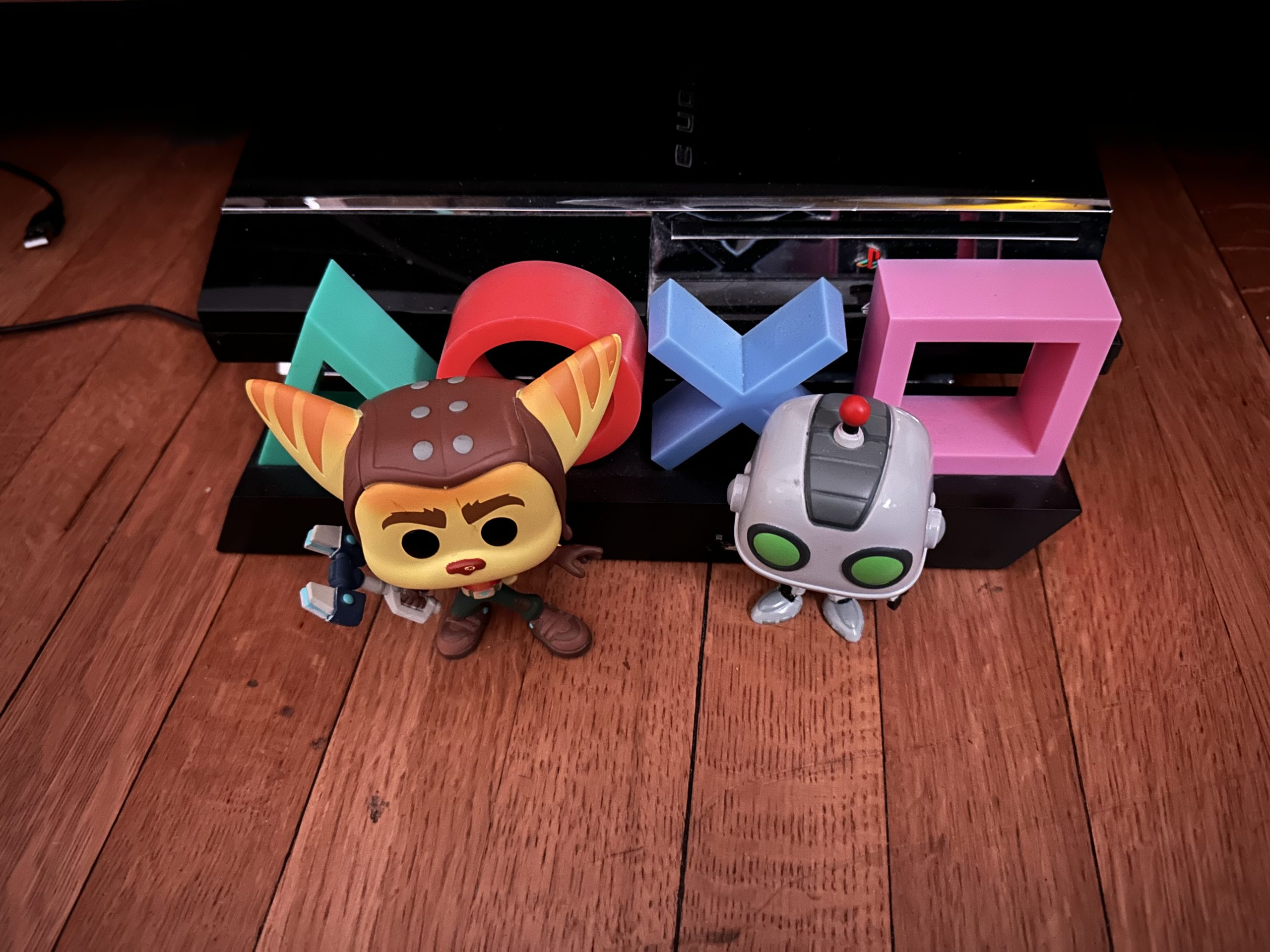





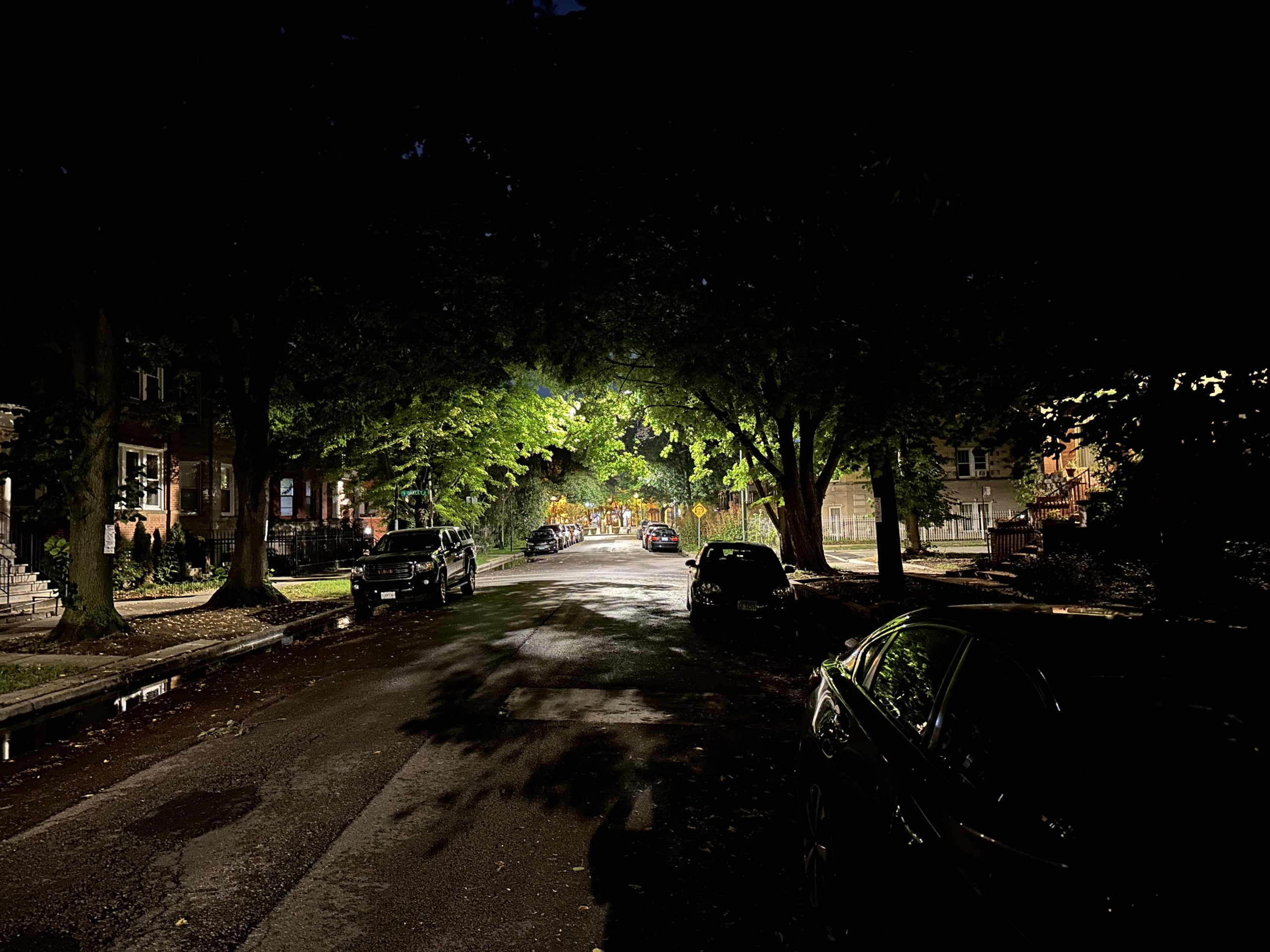











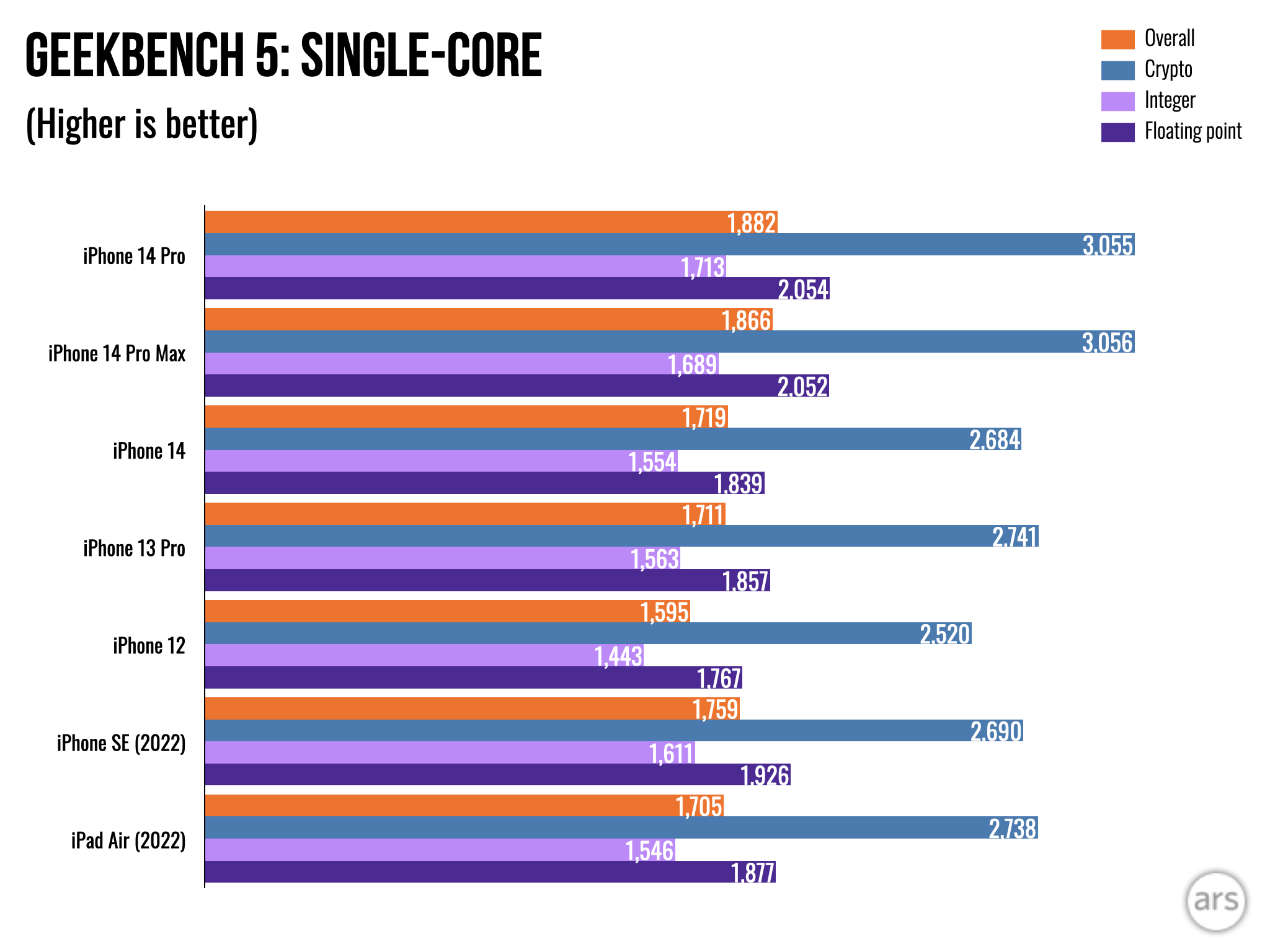
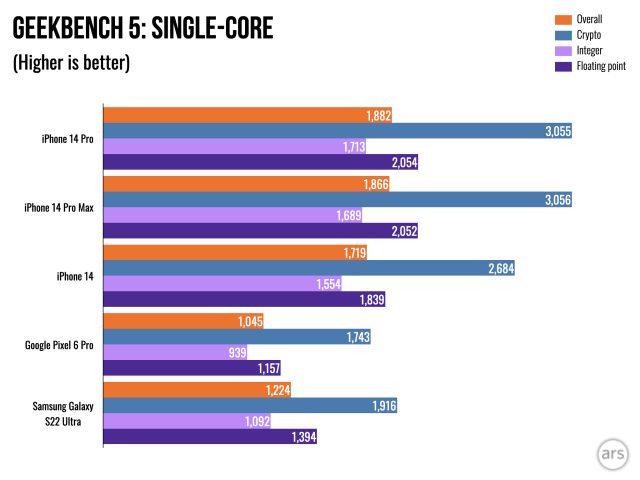
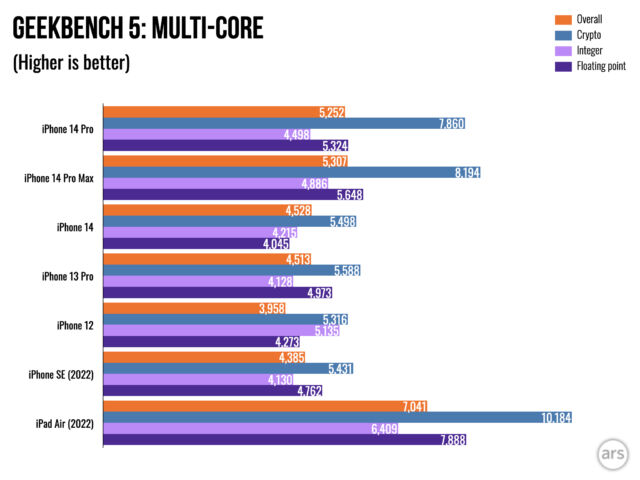
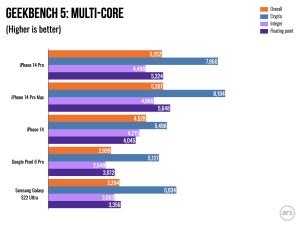
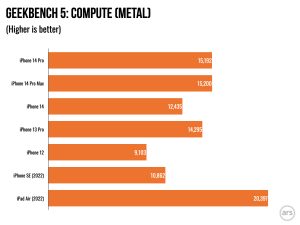
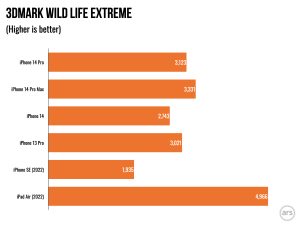


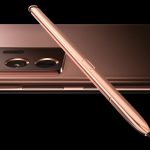


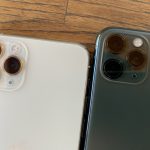


 Loading comments...
Loading comments...
